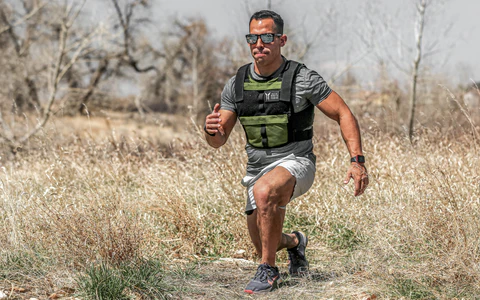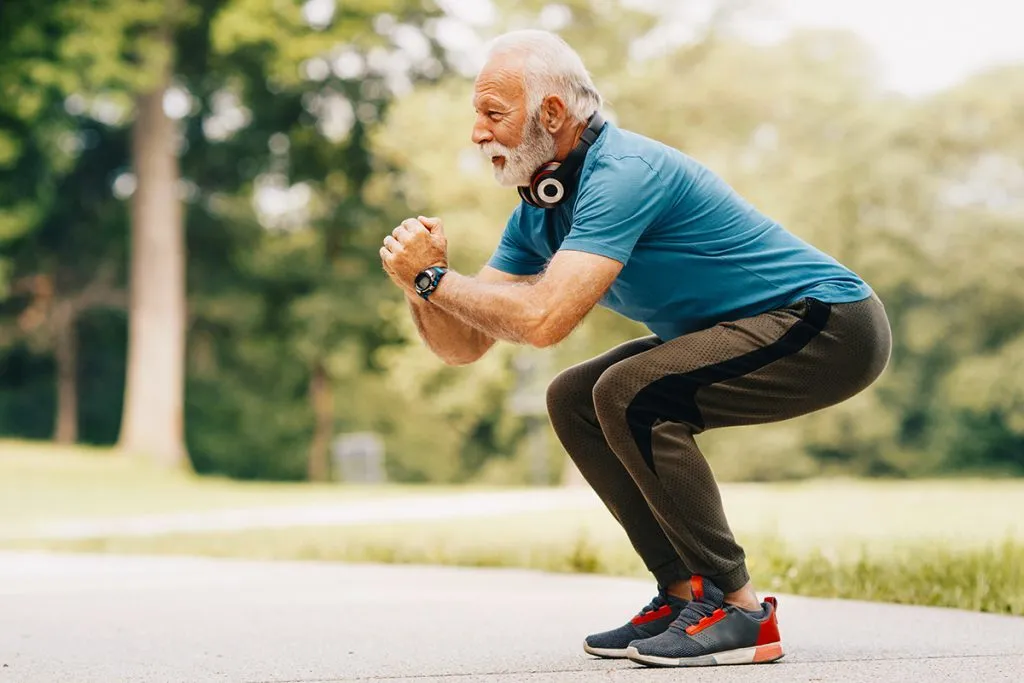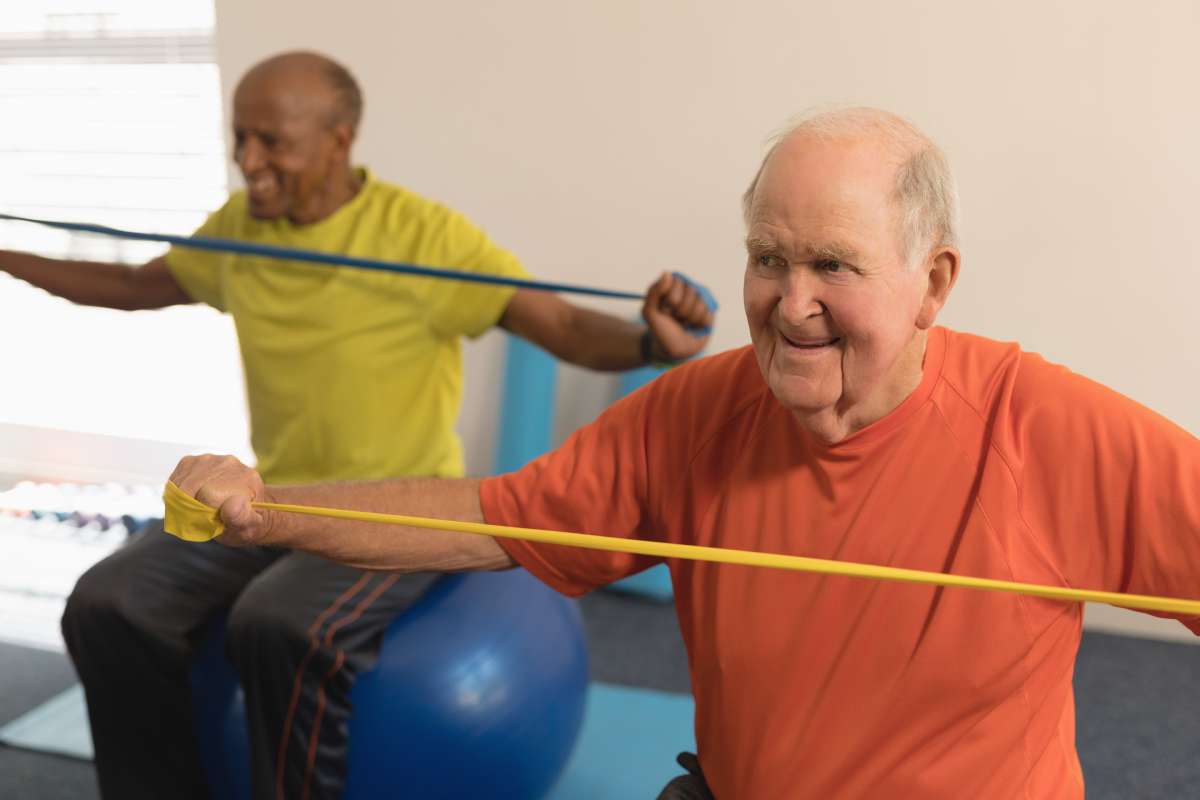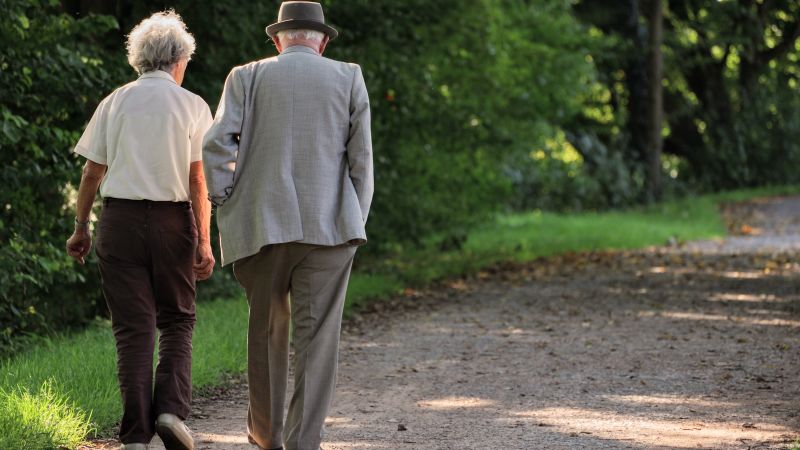
Better Balance and Memory with Backward Walking for Seniors
Walking is often praised as one of the simplest ways to support health as we age, but a growing body of research suggests that the direction you walk matters too. Backward walking, also called retro walking, is gaining attention for its unique benefits to balance, coordination, and even memory. For seniors, this practice could be a surprisingly powerful tool for both physical stability and cognitive resilience.
Unlike forward walking, backward walking challenges the body to use different muscle groups, particularly the calves, quadriceps, and core. It also requires more attention and coordination, activating brain regions linked to memory and executive function. By stepping out of habitual movement patterns, older adults can stimulate neuroplasticity and protect themselves against age-related decline in both balance and cognition.
A study in Frontiers in Aging Neuroscience found that older adults who practiced backward walking showed improvements in balance, gait control, and cognitive performance compared to those who walked forward only (Kim et al. 2021). Another clinical trial suggested that retro walking could reduce fall risk while enhancing reaction times, making it a safe and effective addition to exercise routines (Shigematsu et al. 2017).
Why Backward Walking Matters for Seniors
Backward walking creates a novel challenge for the nervous system. Because it disrupts routine movement patterns, it demands increased awareness of spatial orientation and body positioning. This process strengthens both the musculoskeletal system and the brain.
From a cardiovascular perspective, backward walking can also increase heart rate more quickly than forward walking at the same pace, offering a moderate-intensity workout with less strain on the joints. At the same time, the mental focus required enhances dual-tasking ability, which is closely linked to cognitive reserve in older adults.
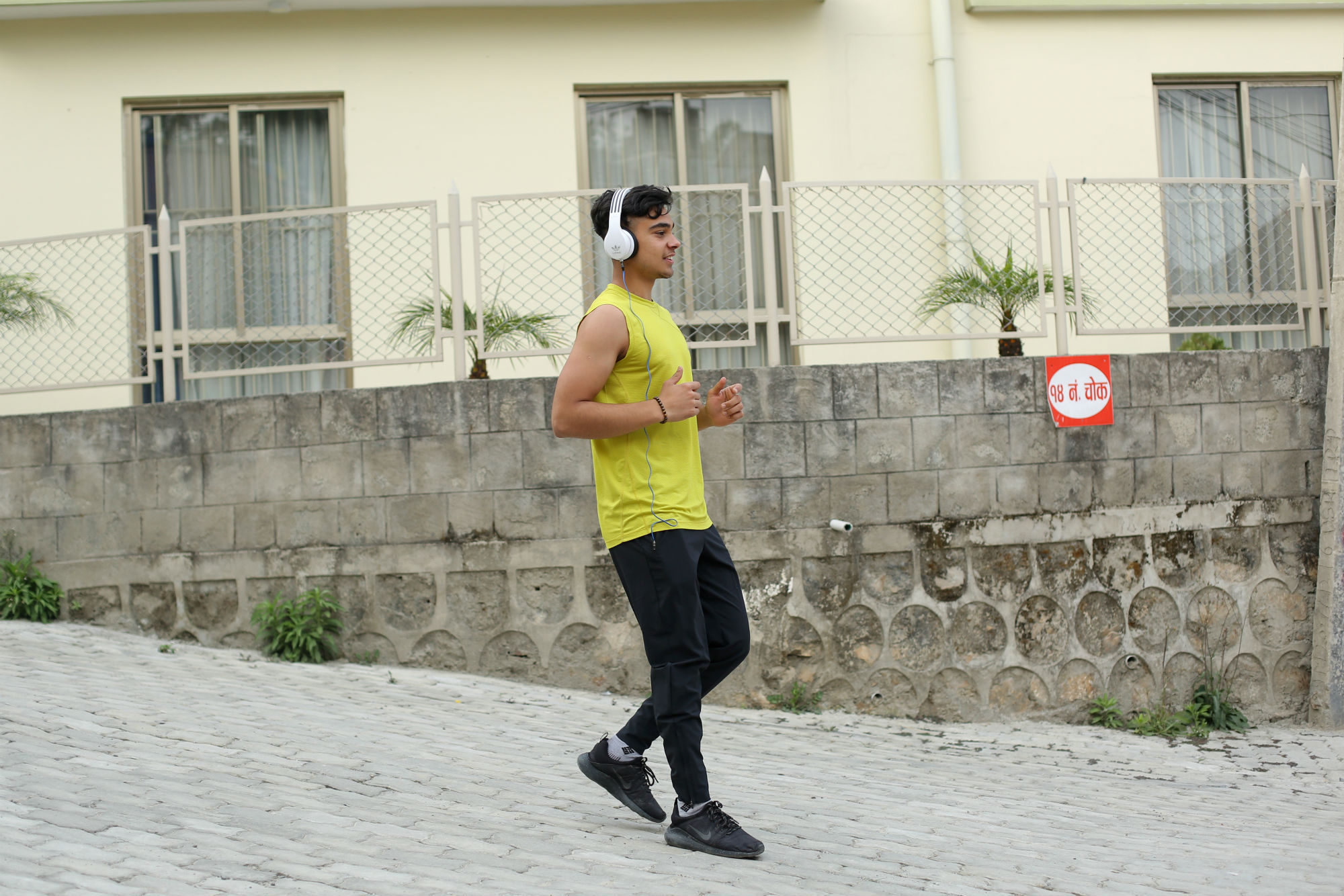
What Happens When Seniors Walk Backward Often
Improved Balance and Coordination
Retro walking activates stabilizing muscles and improves postural control, lowering the risk of falls (Shigematsu et al. 2017).
Enhanced Memory and Cognitive Flexibility
Studies show that the novelty of walking backward stimulates brain activity associated with memory recall and executive function (Kim et al. 2021).
Joint Relief and Muscle Engagement
Backward walking places less impact on knee joints while strengthening the quadriceps, offering both protection and rehabilitation benefits (Laufer 2005).
How to Include Backward Walking in a Routine
Start Slowly in a Safe Space
Begin indoors or along a wall for support. Practice short distances until you feel steady.
Combine with Forward Walking
Alternate directions in intervals to challenge coordination while maintaining comfort.
Use It as a Warm-Up
Retro walking for a few minutes before daily walks can prime muscles and increase attention.
Stay Mindful and Present
Because it requires focus, backward walking doubles as a mindful movement practice that reduces stress and sharpens awareness.
The Takeaway
Backward walking is more than a quirky exercise trend. For seniors, it represents a practical, low-cost way to enhance both physical and cognitive health. By strengthening balance, protecting joints, and stimulating memory pathways, this simple shift in direction can help reduce fall risk and preserve independence.
Adding just a few minutes of retro walking into a weekly routine may support better stability, sharper memory, and healthier aging. Sometimes, the best way forward really is a step back.
References
Kim Y, Kim H, Choi W et al. (2021) ‘Effects of backward walking on balance and cognition in older adults’, Frontiers in Aging Neuroscience, 13:652315. https://doi.org/10.3389/fnagi.2021.652315
Laufer Y (2005) ‘Effect of walking direction on gait speed and energy expenditure in persons after stroke’, Journal of Neurologic Physical Therapy, 29(2):79–85. https://doi.org/10.1097/01.NPT.0000282575.29447.36
Shigematsu R, Okura T, Nakagaichi M et al. (2017) ‘Retro walking exercise intervention improves physical fitness in older adults’, Journal of Aging and Physical Activity, 25(2):234–240. https://doi.org/10.1123/japa.2015-0312












